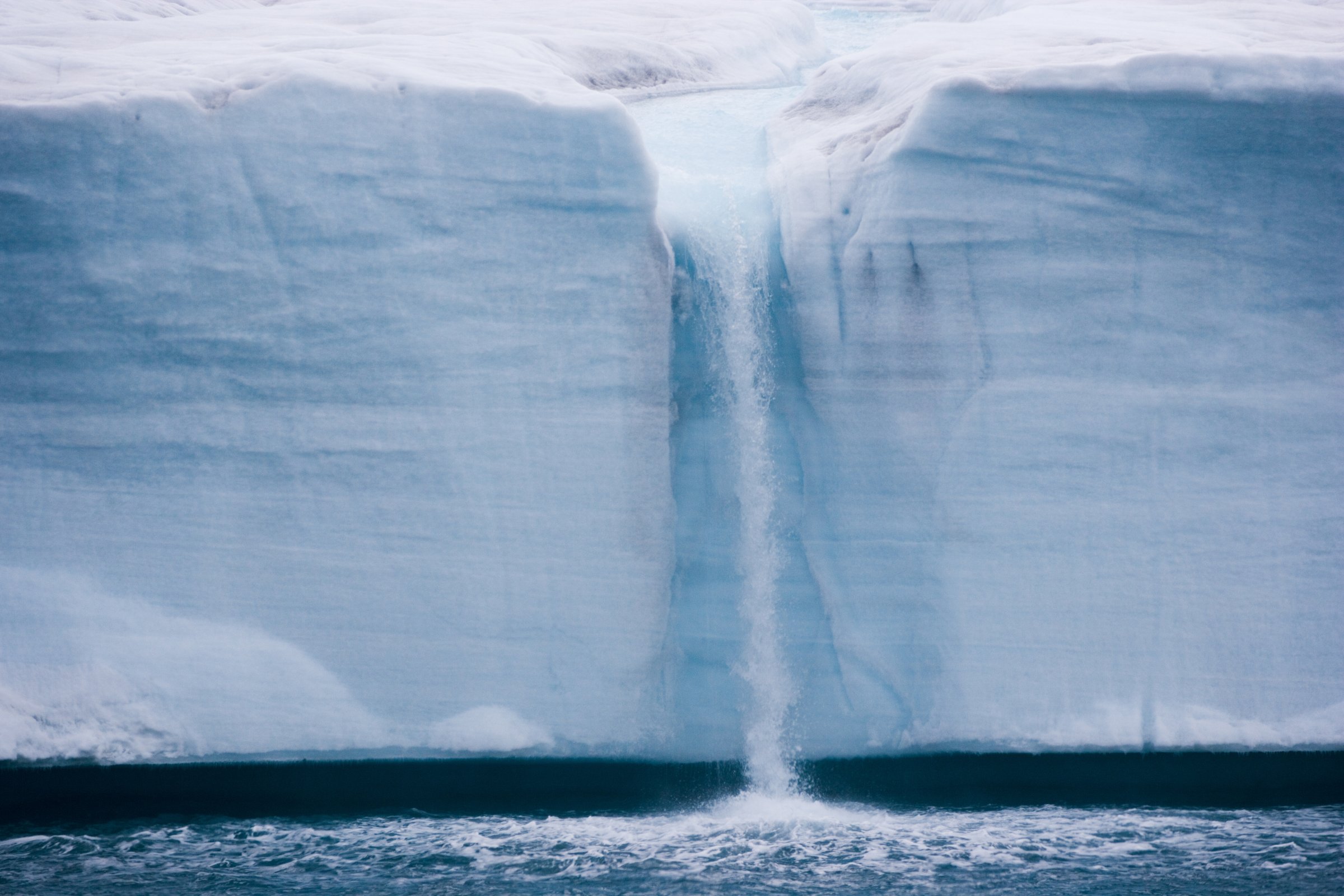
Arctic sea ice volume increased by more than a quarter after the summers of 2013 and 2014 as a result of unusually cool temperatures, a deviation from the general downward trend of ice levels, according to new research published in the journal Nature Geoscience.
Researchers relied on satellite data to calculate the sea ice volume across the Arctic between 2010 and 2014. (Unlike the South Pole, the North Pole is entirely ocean, albeit frozen, and the sea ice generally expands in the winter and contracts in the summer.) The ice volume decreased by 14% between 2010 and 2012, but then shot up in 2013 and 2014. Ice volume had increased by 33% and 25% when measured in the fall of those two years than in the three years prior, according to the study.
Relatively cool temperatures in 2013 and less melting during summer months led to higher levels of ice. That year the summer was cooler in the Arctic than in 2012.
Read More: Here’s Where to Buy a House In the U.S. That Will Be Resilient to Climate Change
Researchers described the finding as a significant aberration, but one that doesn’t change the long-term melting of the Arctic sea ice. Summer Arctic sea ice has declined by about 40% since satellite measurements began in the 1970s. Now, the planet is headed for a “seasonally ice-free Arctic,” according to Mark Serreze, director of the National Snow and Ice Data Center.
“It’s not going to be a smooth transition. It’s going to be in fits and starts,” he said. “That’s just the nature of the beast.”
And while the researchers said the anomalies suggest that Arctic sea ice may be “more resilient than has been previously considered,” they were also quick to emphasize that the Arctic is not undergoing a broader recovery. “We don’t want it to be seen as any kind of recovery,” said study author Rachel Tilling, a researcher at University College London. “It really is just one anomalous year.”
In addition to affecting activities like oil and natural gas operations in the area, Arctic sea ice thickness and volume have the potential to influence the climate and weather in a number of ways, including ocean circulation and weather patterns.
“We hope that these measurements can help all these models that are used to predict future climate change,” said Tilling.
More Must-Reads from TIME
- Donald Trump Is TIME's 2024 Person of the Year
- Why We Chose Trump as Person of the Year
- Is Intermittent Fasting Good or Bad for You?
- The 100 Must-Read Books of 2024
- The 20 Best Christmas TV Episodes
- Column: If Optimism Feels Ridiculous Now, Try Hope
- The Future of Climate Action Is Trade Policy
- Merle Bombardieri Is Helping People Make the Baby Decision
Write to Justin Worland at justin.worland@time.com